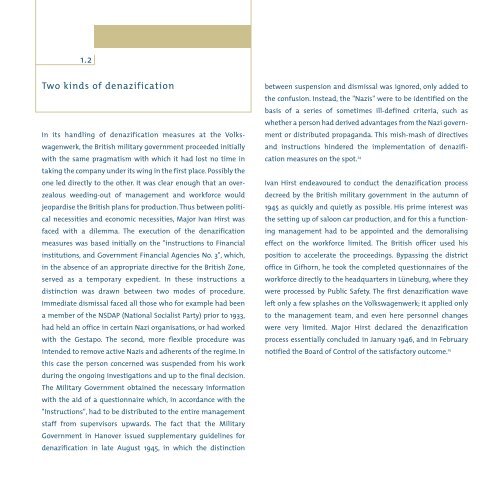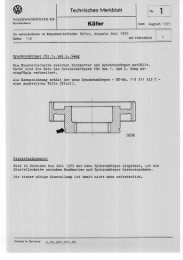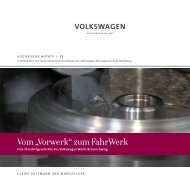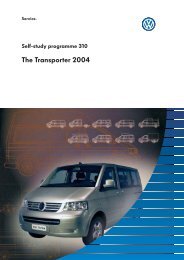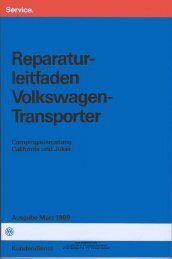HN 2: The British and their Works
HN 2: The British and their Works
HN 2: The British and their Works
You also want an ePaper? Increase the reach of your titles
YUMPU automatically turns print PDFs into web optimized ePapers that Google loves.
1.2<br />
Two kinds of denazification<br />
In its h<strong>and</strong>ling of denazification measures at the Volkswagenwerk,<br />
the <strong>British</strong> military government proceeded initially<br />
with the same pragmatism with which it had lost no time in<br />
taking the company under its wing in the first place. Possibly the<br />
one led directly to the other. It was clear enough that an overzealous<br />
weeding-out of management <strong>and</strong> workforce would<br />
jeopardise the <strong>British</strong> plans for production. Thus between political<br />
necessities <strong>and</strong> economic necessities, Major Ivan Hirst was<br />
faced with a dilemma. <strong>The</strong> execution of the denazification<br />
measures was based initially on the "instructions to Financial<br />
institutions, <strong>and</strong> Government Financial Agencies No. 3", which,<br />
in the absence of an appropriate directive for the <strong>British</strong> Zone,<br />
served as a temporary expedient. In these instructions a<br />
distinction was drawn between two modes of procedure.<br />
Immediate dismissal faced all those who for example had been<br />
a member of the NSDAP (National Socialist Party) prior to 1933,<br />
had held an office in certain Nazi organisations, or had worked<br />
with the Gestapo. <strong>The</strong> second, more flexible procedure was<br />
intended to remove active Nazis <strong>and</strong> adherents of the regime. In<br />
this case the person concerned was suspended from his work<br />
during the ongoing investigations <strong>and</strong> up to the final decision.<br />
<strong>The</strong> Military Government obtained the necessary information<br />
with the aid of a questionnaire which, in accordance with the<br />
"Instructions", had to be distributed to the entire management<br />
staff from supervisors upwards. <strong>The</strong> fact that the Military<br />
Government in Hanover issued supplementary guidelines for<br />
denazification in late August 1945, in which the distinction<br />
between suspension <strong>and</strong> dismissal was ignored, only added to<br />
the confusion. Instead, the "Nazis" were to be identified on the<br />
basis of a series of sometimes ill-defined criteria, such as<br />
whether a person had derived advantages from the Nazi government<br />
or distributed propag<strong>and</strong>a. This mish-mash of directives<br />
<strong>and</strong> instructions hindered the implementation of denazification<br />
measures on the spot. 24<br />
Ivan Hirst endeavoured to conduct the denazification process<br />
decreed by the <strong>British</strong> military government in the autumn of<br />
1945 as quickly <strong>and</strong> quietly as possible. His prime interest was<br />
the setting up of saloon car production, <strong>and</strong> for this a functioning<br />
management had to be appointed <strong>and</strong> the demoralising<br />
effect on the workforce limited. <strong>The</strong> <strong>British</strong> officer used his<br />
position to accelerate the proceedings. Bypassing the district<br />
office in Gifhorn, he took the completed questionnaires of the<br />
workforce directly to the headquarters in Lüneburg, where they<br />
were processed by Public Safety. <strong>The</strong> first denazification wave<br />
left only a few splashes on the Volkswagenwerk; it applied only<br />
to the management team, <strong>and</strong> even here personnel changes<br />
were very limited. Major Hirst declared the denazification<br />
process essentially concluded in January 1946, <strong>and</strong> in February<br />
notified the Board of Control of the satisfactory outcome. 25


